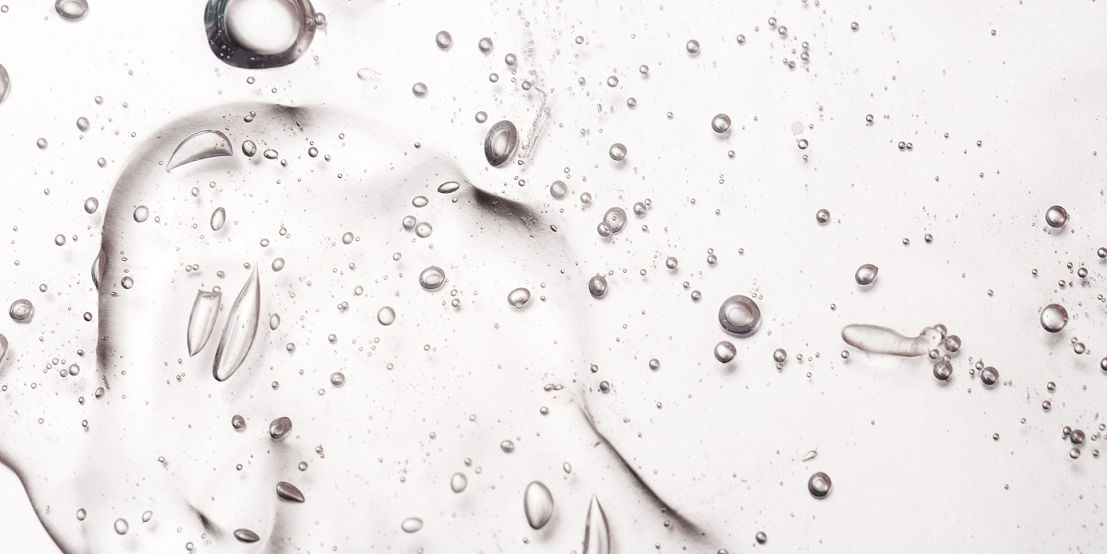Article: Why Mandelic Acid is a Great Ingredient to Combat Acne

Why Mandelic Acid is a Great Ingredient to Combat Acne
What is Mandelic Acid?
Mandelic acid, an alpha hydroxy acid (AHA) derived from bitter almonds, has gained popularity in skincare for its effective treatment of acne-prone skin. This natural exfoliant is well-regarded for its ability to gently remove dead skin cells, unclog pores, and promote a clearer complexion. Unlike some other AHAs, mandelic acid’s larger particle size allows it to penetrate the skin more gradually, providing a smoother exfoliation process that helps reduce acne breakouts and improve overall skin texture.

The slow absorption of mandelic acid into the skin minimizes the risk of irritation, making it an ideal choice for those with sensitive skin or deeper skin tones. Its gentle nature ensures that users experience fewer side effects compared to other more aggressive AHAs, which can sometimes cause redness, peeling, or discomfort. This makes mandelic acid a versatile option for a wide range of skin types, including those prone to sensitivity and inflammation.
By incorporating mandelic acid into your skincare routine, you can benefit from its gradual yet effective exfoliation without compromising comfort. Its suitability for sensitive and deeper skin tones, combined with its ability to address acne and improve skin texture, makes it a valuable ingredient in achieving a balanced and radiant complexion. This gentle yet powerful AHA offers a reliable solution for enhancing your skincare regimen while catering to your specific skin needs.
Benefits of Mandelic Acid for Acne-Prone Skin
Mandelic acid offers a multifaceted approach to skincare, thanks to its antibacterial properties that effectively target inflammatory acne and help prevent future breakouts. By combating acne-causing bacteria, mandelic acid reduces inflammation and promotes a clearer complexion. Its ability to gently exfoliate the skin aids in the removal of dead skin cells and boosts cell turnover, which unclogs pores and minimizes the appearance of acne scars, providing a smoother surface for the skin.

In addition to its acne-fighting benefits, mandelic acid is renowned for its efficacy in addressing hyperpigmentation and discoloration. By promoting even skin tone and reducing dark spots, it enhances overall skin radiance. The gentle exfoliation process supported by mandelic acid contributes to a refined complexion, making the skin appear brighter and more vibrant. This property is particularly beneficial for those dealing with dull skin or uneven pigmentation.
Suitable for all skin types, including sensitive skin, mandelic acid stands out for its versatility and minimal irritation. Its broad range of applications makes it an excellent choice for treating various skin concerns, from acne and hyperpigmentation to dullness. The result is a softer, smoother complexion that looks healthier and more radiant, showcasing the ingredient's ability to address multiple skin issues effectively.
Choosing a Mandelic Acid Product
Mandelic acid is a versatile ingredient commonly featured in a range of skincare products, such as serums and cleansers. Its presence in these formulations allows for tailored approaches to address various skin concerns, including acne and uneven skin tone. When selecting a mandelic acid product, it's important to choose one with a concentration of around 5-10%, which is generally effective for delivering noticeable results without overwhelming the skin.

To achieve the best outcomes, consider your specific skin type and concerns when selecting a mandelic acid product. For those with sensitive skin or new users of mandelic acid, starting with a lower concentration or incorporating it gradually into your routine can help prevent potential irritation. Conducting a small patch test before applying the product to your entire face is a prudent step to ensure compatibility and avoid adverse reactions.
By thoughtfully choosing a mandelic acid product and paying attention to concentration and individual skin needs, you can harness its benefits effectively. This careful selection process supports smoother, clearer skin and enhances the overall efficacy of your skincare regimen.
Tips for Using Mandelic Acid
When incorporating mandelic acid into your skincare routine, it’s advisable to start with a small amount and gradually increase usage based on your skin's response. This approach helps to minimize the risk of irritation and allows your skin to adjust to the new ingredient. For optimal results, combine mandelic acid with other essential skincare products, such as a hydrating moisturizer and a broad-spectrum sunscreen. This combination ensures that your skin remains well-moisturized and protected from UV damage, which is crucial for maintaining a youthful appearance.

Patience is key when using mandelic acid, as it may take some time to see noticeable improvements in your skin. Consistent use, along with a comprehensive skincare regimen, will enhance the overall effectiveness of the acid and help achieve your desired results. Remember, the process of exfoliation and cell turnover requires time, so gradual and consistent application is essential for the best outcomes.
Limiting sun exposure is a fundamental anti-aging strategy, so it is important to use a broad-spectrum sunscreen with at least SPF 30 daily. Sun protection helps prevent further damage and supports the skin's repair and renewal processes, complementing the benefits of mandelic acid. By integrating these practices into your routine, you can achieve healthier, more radiant skin while minimizing the risk of sun-induced aging.
Common Side Effects and Precautions
Mandelic acid, while beneficial for many, can cause skin irritation, redness, and itching, particularly for those with sensitive skin. To avoid adverse reactions, it’s crucial to start with a small patch test before incorporating it fully into your routine. This step helps determine if you have any sensitivity or irritation to the ingredient and allows you to gauge how your skin responds.
If you have a known allergy to almonds or a nut allergy, it's best to avoid using mandelic acid. Since it is derived from bitter almonds, there is a potential risk of an allergic reaction, which could exacerbate skin issues or lead to discomfort. Always check product ingredients carefully and consult with a dermatologist if you have concerns about allergens.

For optimal results and to minimize potential irritation, use mandelic acid in conjunction with a hydrating moisturizer and a broad-spectrum sunscreen. This combination helps maintain skin hydration, supports the acid’s exfoliating effects, and protects the skin from UV damage, ensuring that your skincare routine remains effective and gentle.
Who Should Avoid Mandelic Acid
While mandelic acid can be effective for many types of acne, individuals with severe acne types, such as cystic or hormonal acne, may find it less effective. These forms of acne often require more targeted treatments or higher concentrations of active ingredients to address deep-seated inflammation and hormonal imbalances.
Additionally, people with deeper skin tones should exercise caution when using mandelic acid, as it may sometimes cause hyperpigmentation or darkening of the skin. It's essential to monitor the skin’s response and consult with a dermatologist if any discoloration or other adverse effects occur.

Those with a nut allergy or sensitivity to almonds should avoid mandelic acid altogether. Since this acid is derived from bitter almonds, there is a risk of allergic reactions or irritation. Opting for alternative exfoliating agents can help achieve similar skincare benefits without compromising safety.


